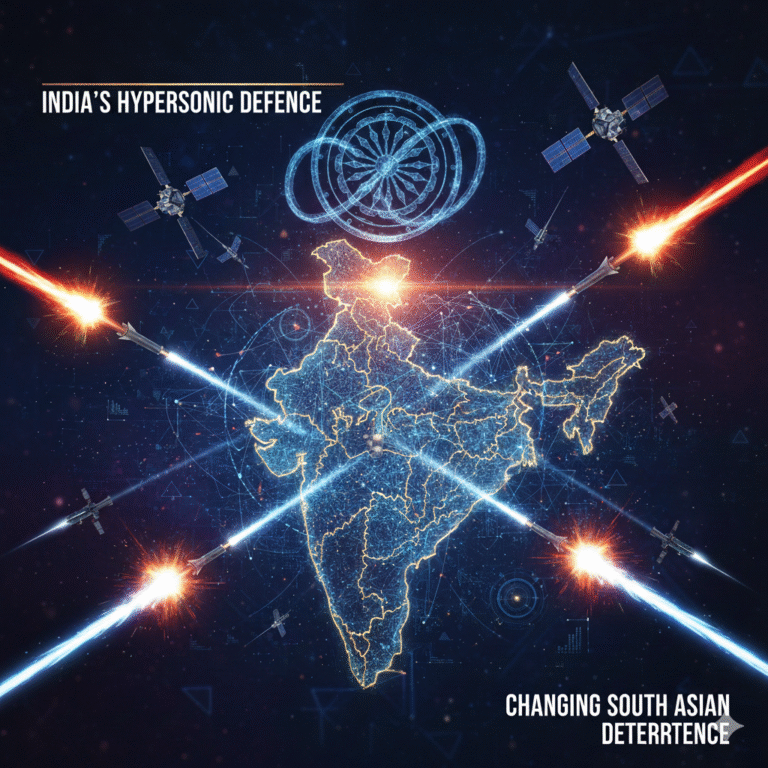For over two decades, Search Engine Optimization (SEO) has been the backbone of online visibility. Businesses have battled over Google rankings, keywords, backlinks, and page speed to gain consumer attention. But the digital landscape is undergoing a seismic shift. As conversational AI tools like ChatGPT, Gemini, and Claude reshape how users seek information, a new discipline is emerging: Generative Engine Optimization (GEO).
GEO isn’t about ranking on a search results page—it’s about being present in AI-generated answers. The question on everyone’s mind: is traditional SEO dead? This blog explores the emergence of GEO, its mechanics, and what it means for brands, creators, and digital marketers in the AI-first era.
What Is Generative Engine Optimization (GEO)?
GEO refers to strategies designed to increase a brand’s visibility within AI-generated responses produced by large language models (LLMs) and AI chatbots. Unlike SEO, which relies on crawling and indexing by search engine bots, GEO focuses on how LLMs retrieve, interpret, and summarize information when responding to user prompts.
These AI models often do not show URLs or traditional page links. Instead, they generate synthesized content based on vast corpora of data—news articles, documentation, social posts, and branded content. Thus, the optimization goal becomes: “How can my content be part of the model’s memory or real-time search results?”
Why GEO Now? The Disruption of SEO by AI
The emergence of LLMs has altered user search behavior in fundamental ways:
1. Changing User Expectations
- A 2024 study by Statista found that over 60% of Gen Z users prefer asking AI assistants over traditional Google search for first-level queries.
- AI assistants give fast, conversational, and aggregated answers—no scrolling, no clicking.
2. Decline in Organic Traffic
- As AI search engines (like Perplexity, ChatGPT, or Bing Copilot) provide full answers, websites are seeing a 15–30% drop in click-through rates (CTR) from traditional search.
3. Rise of AI Overviews
- Google’s Search Generative Experience (SGE) now displays AI-generated snippets that sit above organic results—pushing even the top #1 result down the page.
Key Mechanics of GEO

To succeed in GEO, understanding how LLMs source and generate content is crucial.
1. Model Training and Memory
- AI tools like ChatGPT are trained on publicly available data. If your brand has high-quality, indexed content, it’s more likely to appear in responses.
- LLMs often retain brand signals (name, product USPs, notable achievements) even if they don’t show hyperlinks.
2. Real-Time Search Integration
- Tools like Perplexity and Bing use live web search to ground their answers in up-to-date sources.
- This means domain authority still matters, but content clarity, recency, and credibility become even more important.
3. Conversational Prompts
- Optimizing for prompt style (“best sustainable clothing brands” vs. “which eco-brands are good for Gen Z?”) means adapting your content’s language for natural queries, not just keywords.
GEO Strategies for the AI Era
1. Create Clear, Expert-Backed Content
- LLMs value clarity, authority, and structure.
- Use FAQs, bullet points, and verifiable claims. Cite trusted sources (e.g., government data, peer-reviewed research).
2. Brand Mentions Over Backlinks
- Even without hyperlinks, AI tools remember consistent brand mentions in high-authority publications.
3. Schema Markup & Structured Data
- Use schema to clarify who you are, what your product does, and why it matters. This aids models that rely on structured metadata.
4. Stay Updated on AI Search Tools
- Platforms like You.com, ChatGPT with Browsing, and Perplexity allow content discovery. GEO efforts should include monitoring how your brand appears in these tools.
5. Embrace Transparency and Attribution
- AI systems like Meta’s AI or Google’s SGE are working to credit sources. Being part of this visible attribution loop requires consistent, factual, and branded content.
Case Study: GEO in Action
Example: Grammarly vs. Hemingway Editor
When you ask ChatGPT or Gemini, “What are some good AI writing tools?” it might say:
“Grammarly is great for grammar and tone checks, while Hemingway helps simplify writing.”
These mentions arise not from paid ads, but from the consistent online presence, user reviews, expert articles, and structured content these brands produce—GEO in action.
Challenges and Ethical Considerations
1. Opaque Model Behavior
- It’s not always clear why certain brands appear in AI responses. There is no equivalent to Google’s Search Console for AI tools (yet).
2. Bias and Hallucinations
- LLMs can hallucinate facts. Without proper citations, a brand could be misrepresented or falsely omitted.
3. Manipulation Risks
- As GEO grows, so do concerns about gaming the system—prompt injection, synthetic content generation, and AI-optimized spam.
Is SEO Really Dead?
No, but it’s evolving. Traditional SEO—while still important for Google and YouTube—can no longer be the only strategy.
GEO is not a replacement, but a parallel path.
| SEO | GEO |
|---|---|
| Optimizes for Google/Bing | Optimizes for ChatGPT/Gemini/etc. |
| Focuses on search rankings | Focuses on being referenced in AI answers |
| Relies on backlinks & keywords | Relies on clarity, authority & brand mentions |
| CTR-driven | Conversation-driven |
The future is Search + Synthesis. Digital marketers must optimize for both.
Conclusion: From Search to Suggestion
As AI becomes the default gateway for questions and recommendations, Generative Engine Optimization is the next frontier. It won’t kill SEO—but it will change the game.
Brands that adapt early, produce high-quality and transparent content, and understand AI behavior will thrive in this hybrid information ecosystem.
So is SEO dead? No. But GEO is very much alive.









+ There are no comments
Add yours